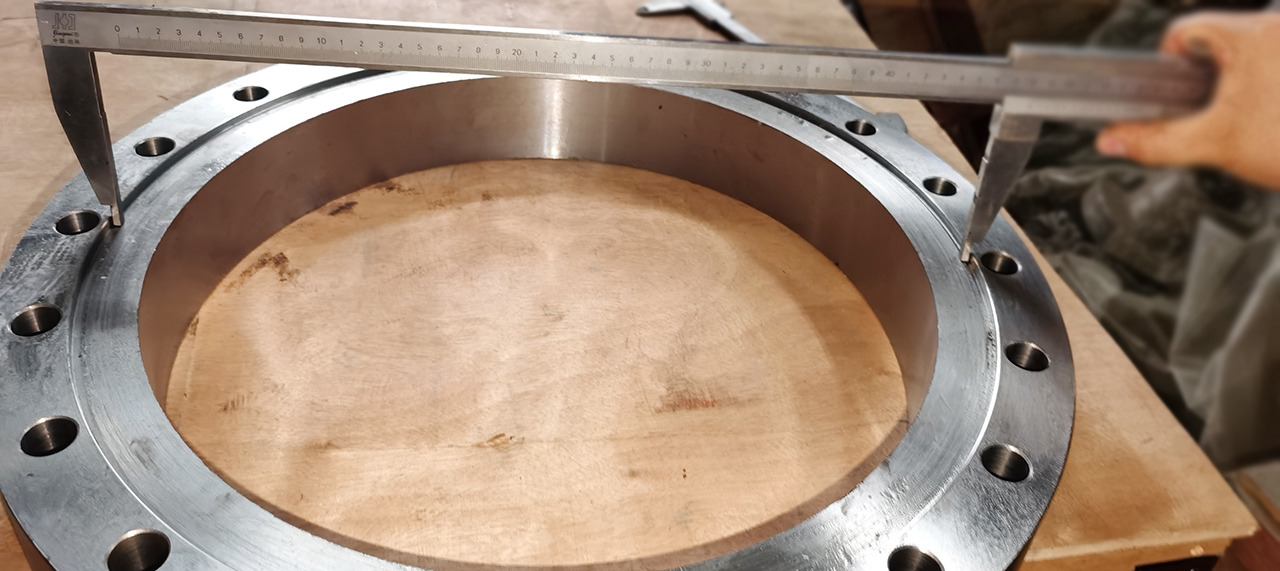Share this
Manufacturing and Inspection Process of Flanges:
Flanges are essential components used to connect pipes, valves, and equipment, ensuring secure connections and seals. The manufacturing and inspection process of flanges is crucial. Below is an overview of the general steps involved:
Flange Manufacturing Process:
1. Material Selection: Choose suitable materials, typically including carbon steel, stainless steel, alloy steel, etc., based on specific requirements and material grades.
2. Cutting: Cut the raw materials into specified dimensions.
3. Heat Treatment: Apply heat treatment, such as annealing or quenching, to certain flanges with special requirements.
4. Forging/Turning: Mechanically process the outer and inner diameters of the flanges to achieve the required dimensions.
5. Milling: Machine the flat surface and bore the holes in the flanges.
6. Threading: Add threads to the flanges where required.
7. Drilling: Drill bolt holes in the flanges.
8. Surface Treatment: Apply surface treatment such as rust prevention or painting.
9. Marking and Identification: Label the flanges with specifications, material information, etc., for identification and traceability.
Flange Inspection Process:
1. Visual Inspection: Examine the flange’s surface for cracks, dents, bubbles, or other defects.
2. Dimensional Inspection: Use measuring tools to check if the flange dimensions meet the design requirements.
3. Material Verification: Validate the materials used in the flanges to ensure compliance with relevant standards.
4. Sealing Test: Test the sealing surfaces of the flanges using sealing test equipment.
5. Bolt Hole Position Check: Measure the positions of the bolt holes to ensure they align with standard requirements.
6. Pressure Test: Conduct pressure tests on the flanges to ensure they can safely operate within the design pressure range.
7. Ultrasonic Testing: Perform ultrasonic testing on specific flanges to detect internal defects.
8. Marking and Packaging: Mark qualified flanges and package them appropriately to ensure they remain undamaged during transportation and storage.
The above are general steps involved in the manufacturing and inspection process of flanges. Please note that specific manufacturing and inspection processes may vary depending on the type of flange, materials used, and application areas. Manufacturers typically follow relevant standards and meet customer requirements to ensure the quality and performance of flanges.

